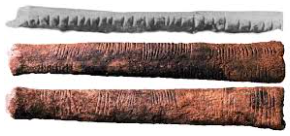Mathematical Topics: Regular Polygon Rotations
Relevance: African Baskets: Uganda, Kenya, Ghana, Zimbabwe, Botswana
Suggested Age: 8th | 9th | 10th

Lesson Summary:
This lesson intends to explore regular polygon rotational symmetry through the lens of African Basket designs. Students will explore how women use and design baskets that adhere to rotational symmetry in Uganda, Kenya, Ghana, Zimbabwe & Botswana. Students will then make connections to the rotational symmetry of regular polygons mapping onto themselves by using a hands on manipulatives. Discussion questions guide students to discuss the implications of women being doers of mathematics within their communities and how it relates back to our societal perception of mathematicians. Lastly, there are a variety of extension activities available to choose from based on student interest that can be seen below.
This lesson was inspired by lessons created in collaboration with teachers, Sarah Geist and Estella Li, at Manhattan Village Academy in New York City. The lesson was inspired and differentiated from Diversify Your Narrative.
Remember that the lesson guides are just suggestions. Feel free to create your own options, use some of our suggested ones or even use it all. Most importantly consider your student population, involve them in the research and expand the lessons to fit your needs.
Our Lesson Plan
Our lessons are made to be printed or downloaded. Please do so through the link below.
Our Presentation
Our presentations are made to be printed or downloaded. Please do so through the link below.
Student Handouts
Our student handouts are made to follow the progression of the teacher guide. Download and edit to fit your students needs.
Hook: (5-7 minutes, slides 1-3)
Students will be given 4 images that show rotational symmetry. Students will be asked to notice what the images have in common. These 4 images are just a suggestion and can be replaced by other images with rotational symmetry more relevant to your student population. It is suggested to give students independent think time and then share out in small groups before the whole class discussion. The handout to guide students through this process can be found here.
Mathematical Exploration: (30-40 minutes; slides 4-14)
Students will begin by completing the notice and wonder protocol about a Ugandan basket design. Ideally students are given a few minutes of independent thought time to gather their thoughts. In small groups 1 student shares 1 idea, then they go in a circle each sharing 1 idea. Students then keep sharing ideas until everything they notice and wonder has been expressed. It is important to share with students that they should share ideas even if they are repeated so they see what information consistently stands out. Ideally students will begin to think about transformations. When synthesizing with the class, highlight any student ideas about repeating patterns, reflectional symmetry and rotational symmetry. At the end of the whole class share out define rotational symmetry using student generated ideas.
Students will then begin exploring other Ugandan basket designs in small groups. See slides 8-12 and pages 2-6 on the handout to reference the different images and guiding questions. Throughout this process students will be asked questions to identify the repeating patterns based on each design and to consider the minimum number of degrees a polygon would have to rotate to map onto itself. The formula they should generate is 360n where n is the number of sides. Additionally, it provides multiple choice questions that ask students to consider the degrees of rotation for the image to map onto itself that are not the minimum.
Students will then engage in the spread the knowledge protocol to both share and hear their findings with someone from a different group who considered a different basket design. In the spread the knowledge protocol students are paired with someone from a different group who considered a different problem. Each student will share the mathematical process and conversation they had at their table with a peer. They should be encouraged to practice active listening when receiving new knowledge from their peers.
Students will then work with their new partner to explore how the concept of an object with rotational symmetry mapping onto itself relates to regular polygons. This can be found on pages 7-8 of the handout and slides 13-14. Students will answer a series of questions similar to those they explored with the baskets but now about regular polygons. To enhance student visualization you can make manipulatives that will rotate the polygons about their center using this guide. Being able to physically rotate the polygons can reinforce that the polygon can map onto itself not just the minimum amount using 360n but also any multiples of that number.
Relevance Explored: (10-15 minutes; slides 15-16)
Students will be given the chance to explore who is creating these baskets from the following countries: Uganda, Kenya, Zimbabwe, Botswana and Ghana. countries. The countries chosen in this lesson were more relevant to my student population. You can explore other countries at Baskets of Africa where the texts were taken from. In small groups students will each be given a different country to read – it is best to let students choose which country they want to explore. Students can then do a jigsaw share out in their small groups about key and important information they learned.
Student Discussion: (10-15 minutes; slides 17-18)
Students should be given the time to discuss and debrief their learnings. The discussion questions encourage students to consider the implications and importance of women of color being doers of mathematics.
More Lessons
Below you’ll find our resources which are filterable by their age group and mathematical topic.

Kaktovik Numerals & Base 20

Tessellations in West African Hair Braiding

Density in Dominican Cakes compared to American Cakes

Hypatia of Alexandria & Conic Sections
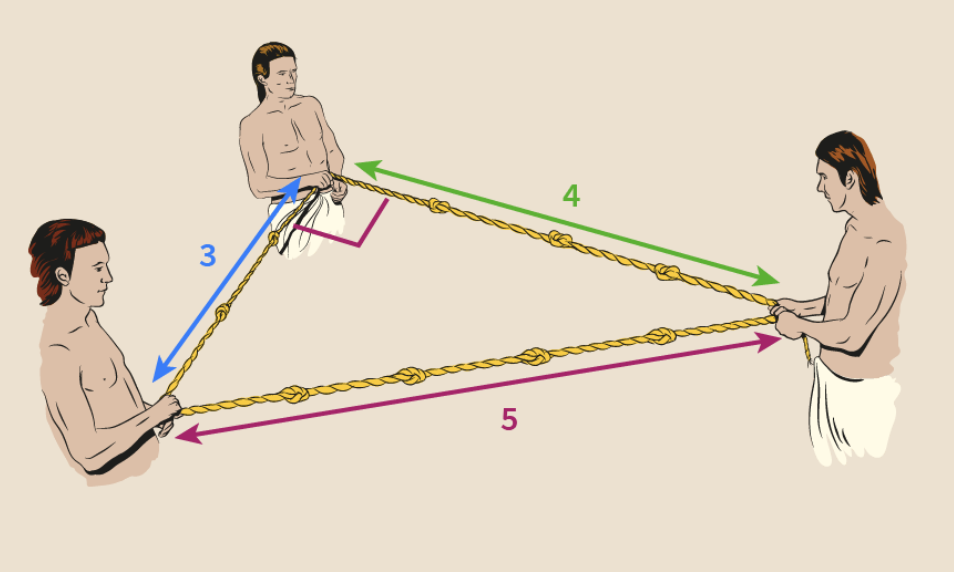
Ancient Egyptian Base 10 Number System & Doubling Method

Maya Calendar & Base 20 Number System

Ancient Babylon Base 60 Number System
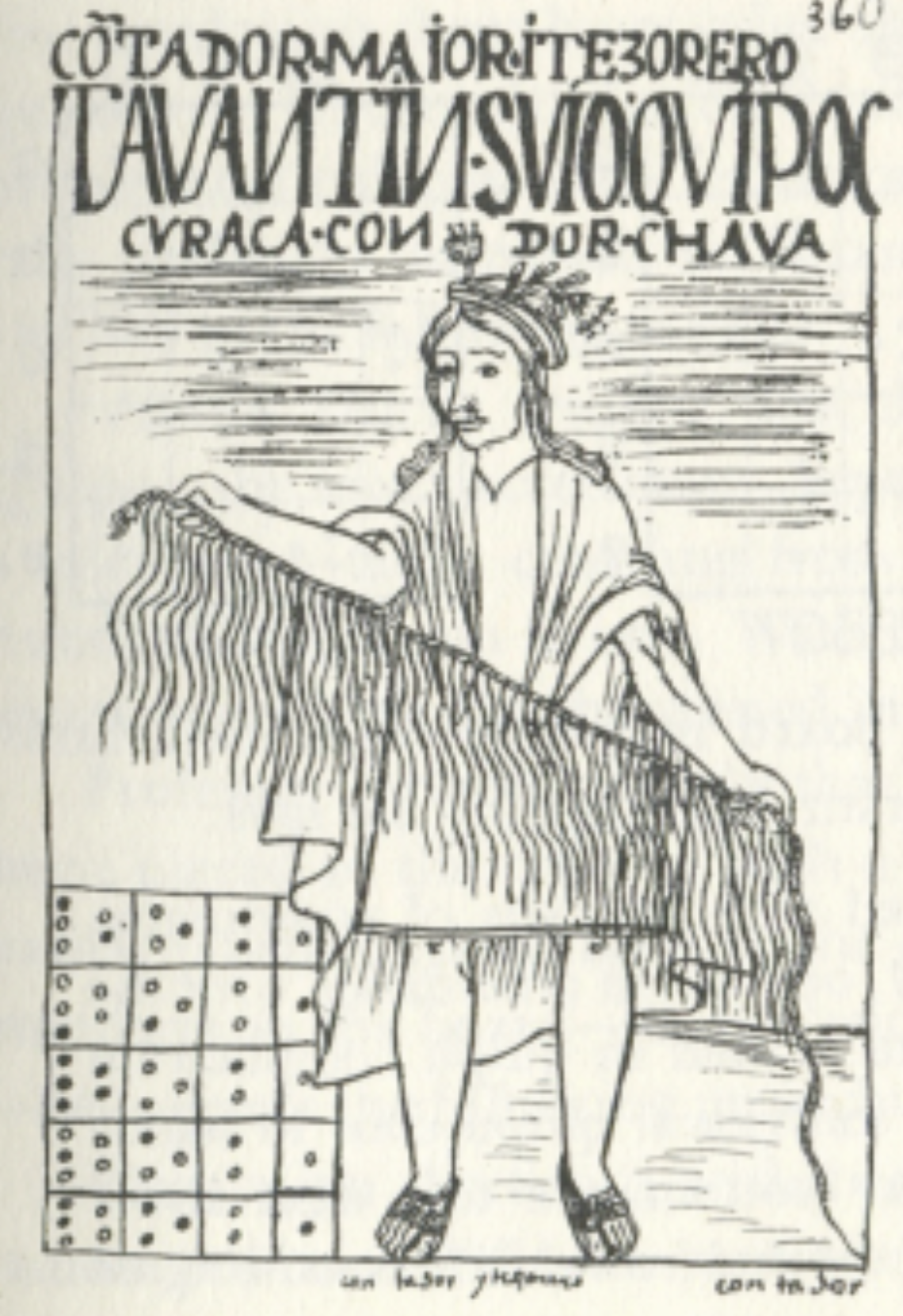
The Origins of Fibonacci’s Sequence
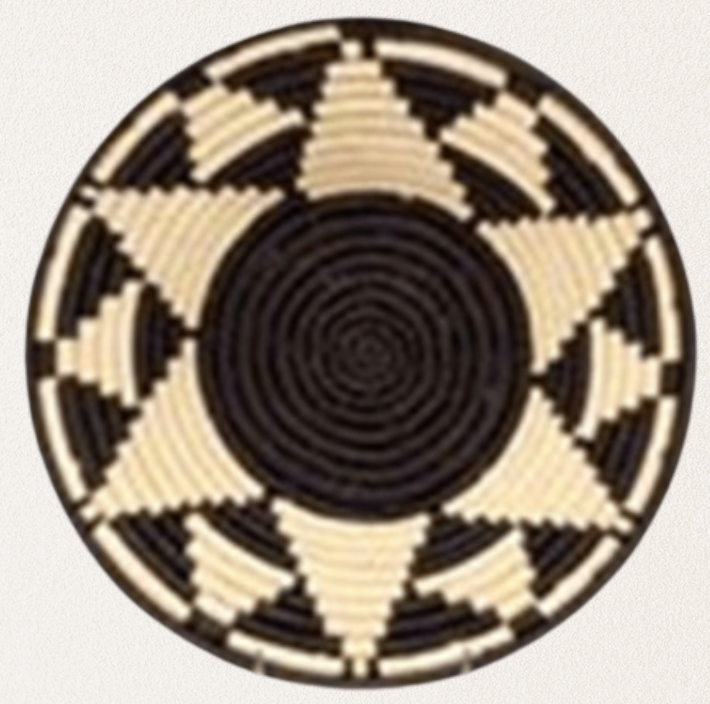
African Baskets & Regular Polygon Rotations

Ancient Mathematical Puzzles: Magic Squares and Hexagonal Tortoises
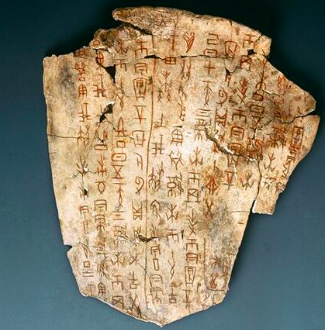
Oracle Bones & Counting Rods
